37+ Home Inspection Checklist
-

Home Inspection Report Checklist
download now -
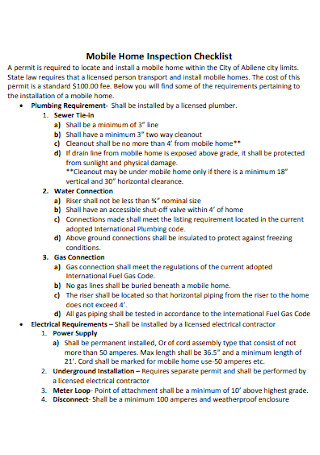
Mobile Home Inspection Checklist
download now -

Home Property inspection checklist
download now -
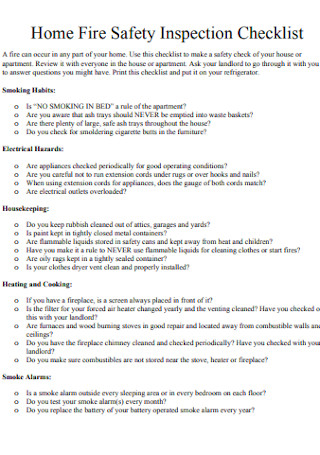
Home Fire Safety inspection checklist
download now -
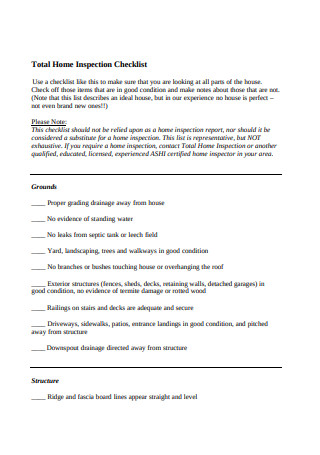
Total Home inspection checklist
download now -
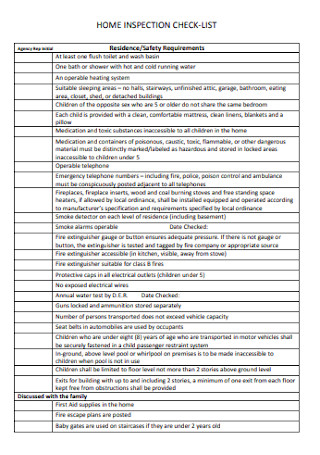
Basic Home Inspection Checklist
download now -
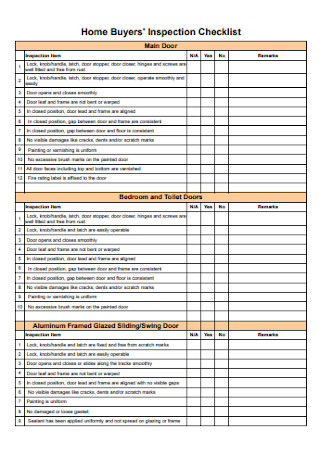
Home Buyers Inspection Checklist
download now -
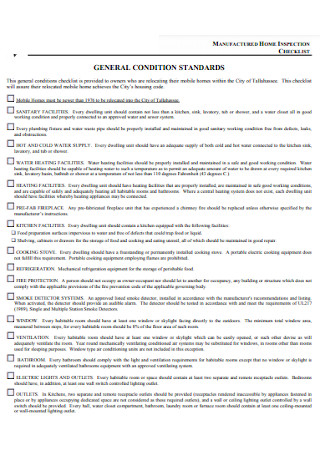
Manufactured Home Inspection Checklist
download now -
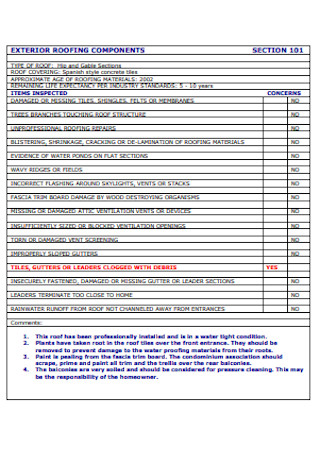
Standard Home Inspection Report
download now -
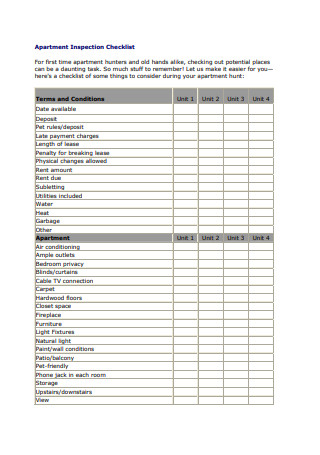
Apartment Inspection Report
download now -
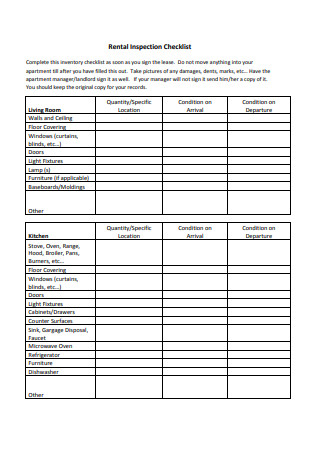
Home Rental Inspection Report
download now -
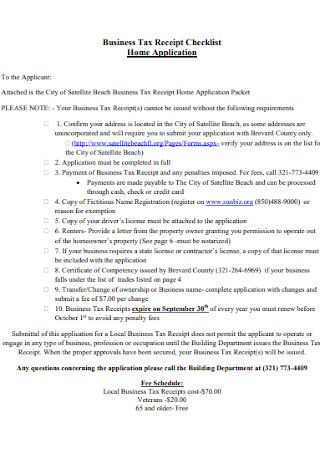
Home Business Inspection Report
download now -
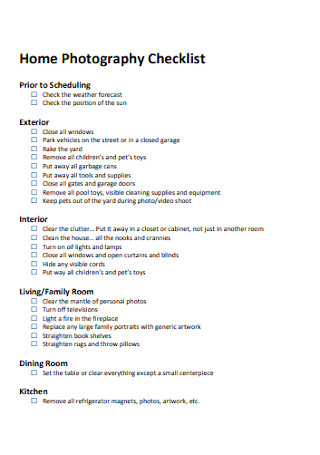
Home Photography Inspection Checklist
download now -
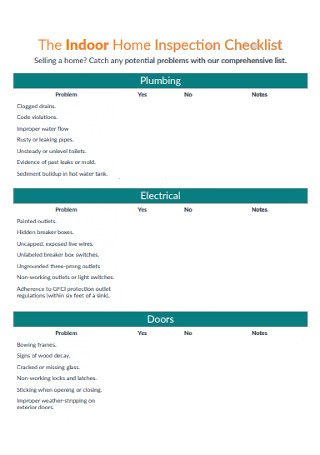
Indoor Home Inspection Checklist
download now -
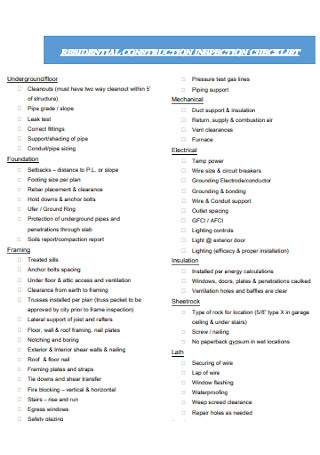
Residential Home Inspection Checklist
download now -
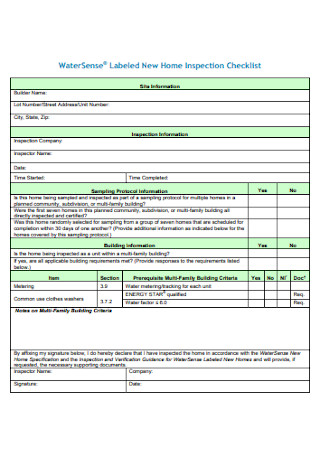
New Home Inspection Checklist
download now -
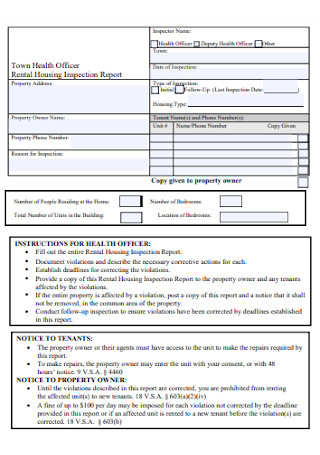
Rental Housing Inspection Report
download now -
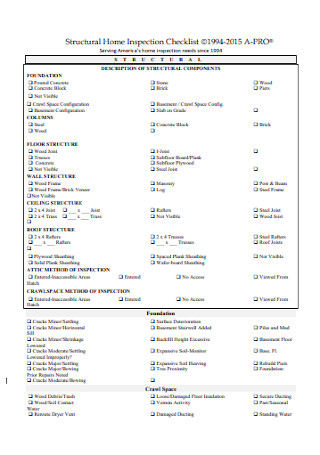
Structural Home Inspection Checklist
download now -
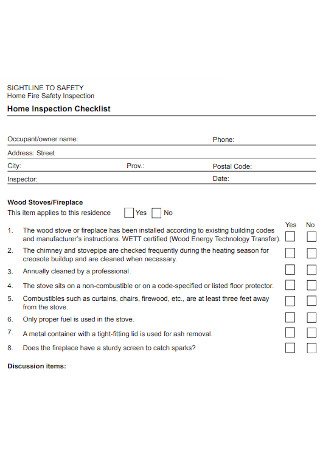
Home Fire Inspection Checklist
download now -
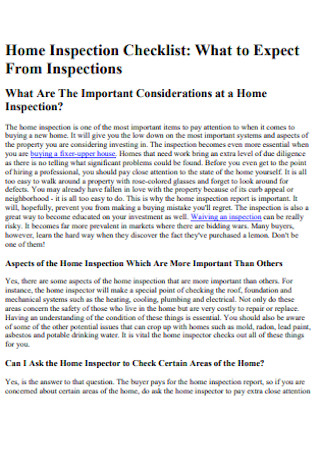
Society of Home Inspection Checklist
download now -
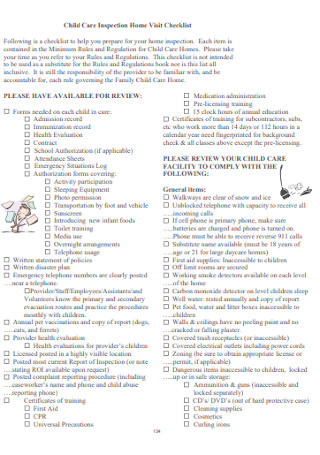
Child Care Inspection Home Visit Checklist
download now -
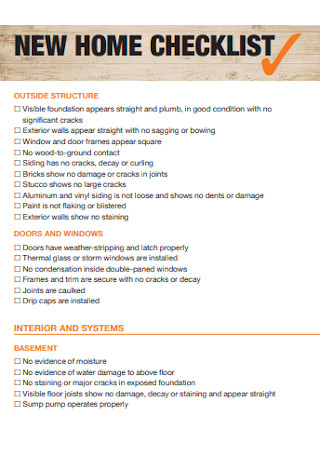
Sample New Home Inspection Checklist
download now -
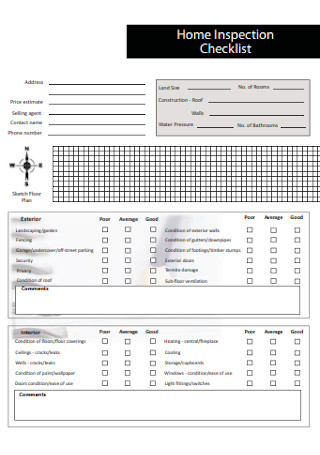
Home Loans Inspection Checklist
download now -
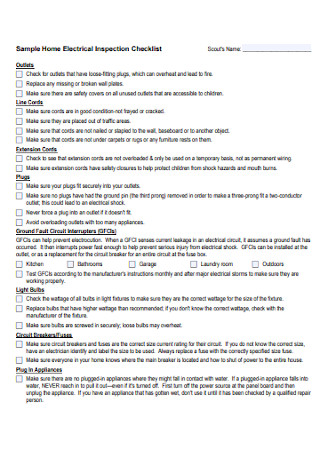
Sample Home Electrical Inspection Checklist
download now -

Complete Home Inspection Checklist
download now -
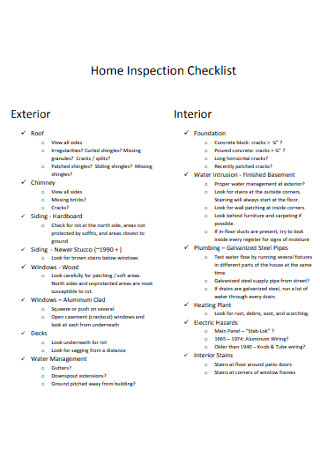
Home Foundation Inspection Checklist
download now -

Simple Home Inspection Checklist
download now -
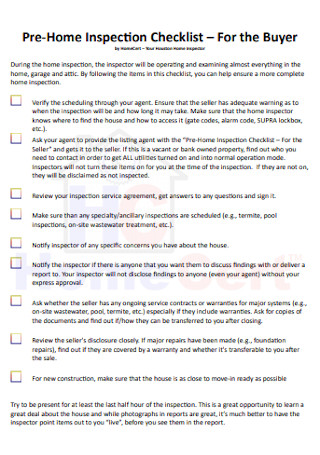
Pre-Home Inspection Checklist
download now -
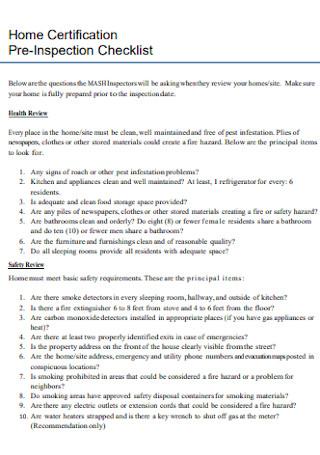
Home Certification Pre-Inspection Checklist
download now -
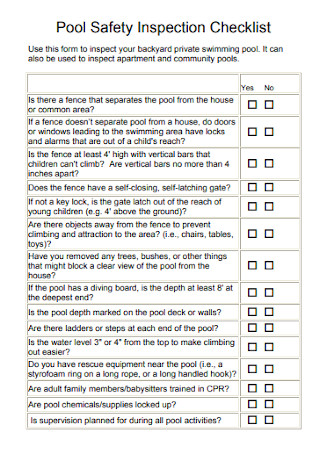
Home Pool Safety Inspection Checklist
download now -
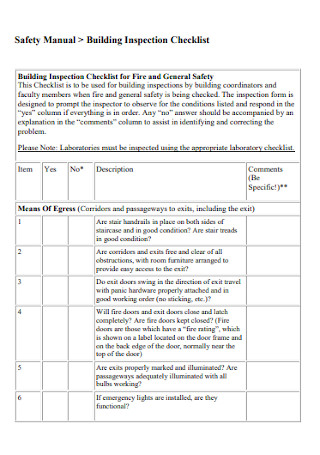
Building Safety Inspection Checklist
download now -
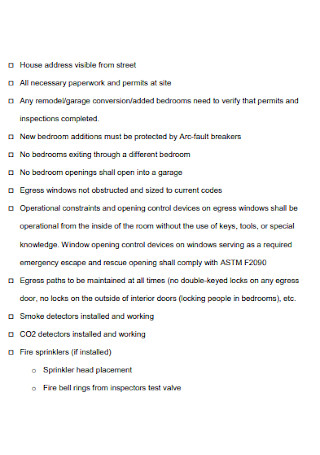
Home Care Inspection Checklist
download now -
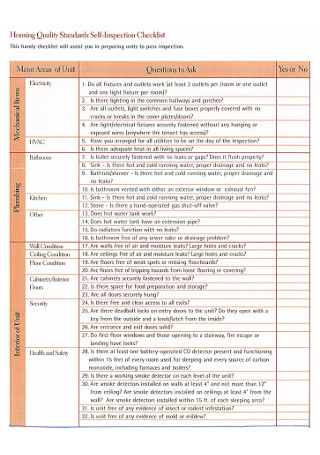
Home Quality Inspection Checklist
download now -
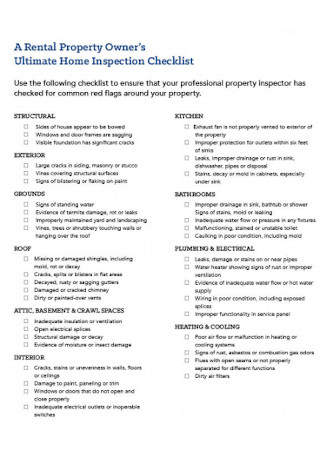
Ultimate Home Inspection Checklist
download now -
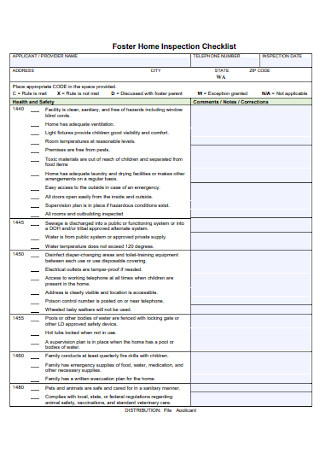
Foster Home Inspection Checklist
download now -
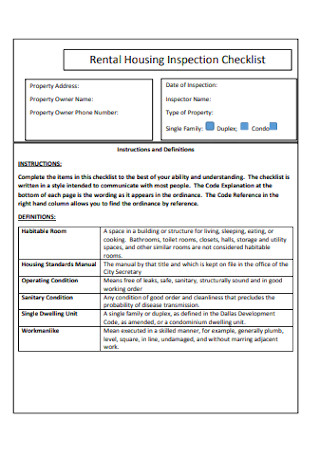
Rental Housing Inspection Checklist
download now -
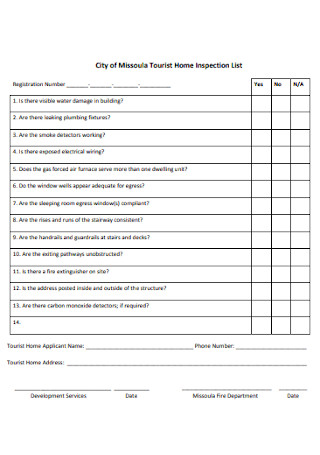
Tourist Home Inspection List
download now
FREE Home Inspection Checklist s to Download
37+ Home Inspection Checklist
What Is a Home Inspection Checklist?
Components of a Home Inspection Checklist
How to Prepare for a Home Inspection
FAQs
How long do home inspections take?
What happens when an inspector detects significant defects during a home inspection?
Can the buyers attend the inspection date of the home?
A professional inspection must be done in an individual’s place of residence after purchase to assure everything is intact and without complications. So much so for handed-down old homes from one generation to another. As much as the house retains part of family history, it must undergo security inspections to allow occupants to live in a happy and safe environment. It is why a home inspection checklist comes in handy when the residence undergoes inspection. Find out more about home inspection checklists, their definition, components, and creation from the article below.
What Is a Home Inspection Checklist?
A home inspection checklist is a tool used by home inspectors in assessing the physical condition of a building. The list identifies any actual or potential problems, issues, or damage based on the structure’s attributes. The home inspection checklist helps tell the homeowners or property owners of the possible areas of the building needing urgent attention and simple repairs. The contents and results of the list allow the inspector and a client to collaborate effectively, especially if there is a plan to sell or buy the structure in question. It is also advisable for the customer to be present during the inspection to better understand the outcome of an examination. Ensure that home inspection is by a professional inspector for an accurate description of any known defects and issues.
According to the information shared by homeadvisor.com relating to home inspection costs, most homeowners spend between 279 to 399 US Dollars. The fees relate to the location of the property and the size of the home. Most prices of home inspections are fixed per several square feet and have additional charges for extra areas.
Components of a Home Inspection Checklist
Most items in a home inspection checklist greatly depend on the property that will undergo necessary inspections. It also depends on the organization or the individual the client hires to conduct the building inspection. Despite this, there are items and categories listed in a home inspection checklist. Below are the necessary components found in an inspector’s list.
How to Prepare for a Home Inspection
Whether the purpose of the home inspection is for a sale or an annual investigation, preparation is always ideal. The issuance of home inspections is usually after purchase and ensures the buyer’s house is in its best condition. A seller must prepare for the investigation, and here are helpful steps and suggestions in the event of a home inspection.
Step 1: Provide Open Access to Areas
Ensure that the home inspector has easy access throughout the real property. The inspector cannot accurately examine an area if they do not have access, and it causes red flags for a buyer. As a seller, it is essential to remove any obstructions impeding access to relevant areas and locations of the property, including basements, attics, furnaces, and even under sinks.
Step 2: Clear and Clean the Property
Aside from cleaning conspicuous areas of the property, an inspection covers the entirety of the house, including the sidings, trims, and caulking of windows and doors. Clear out unnecessary plant growths, trash cans, or any items barring the look of the home. Ensure that the inside is clean and tidy. Do not let things build up after the completion of a deal and maintain the state of cleanliness. It is also necessary to keep bugs and pests away from the property. It is very unhygienic and can result in grave complications in the future if not treated properly.
Step 3: Test the Functionality of Items
As a seller, it is mandatory to test that all items are in good condition and functioning correctly. Check the locks and seals of all doors and windows in the house. Also, flush the toilet and run all faucets. Built-in fans, especially exhaust fans, must be tested for functionality. Try the light switches, open garage doors manually and through a remote, and weather strippings must be intact. The downspout must properly divert water flow away from the house. Check that the connection of heating ducts is in the crawl space and vent fans through the attic.
Step 4: Make Necessary Repairs and Exterior Improvements
During the personal inspection, unforeseen circumstances happen, and the seller must fix them immediately. Replace malfunctioning light bulbs, recaulk bathtubs and sinks, repair water damage in bathrooms, and unclog the drains. Also, replace torn screens, cracked windows, missing roofing, and damaged insulation. It is also necessary to sweep the roof, trim trees that touch and overhang the house, clean the gutters and debris from the compressor, downspouts, and vents.
Step 5: Ensure Safety and Security Precautions
As a seller, the customer’s safety is paramount. Ensure that all safety and security devices in the home are accessible and functioning properly. Replace the batteries in the smoke detectors, test the carbon monoxide detectors, have fire extinguishers available throughout the house, cap the gas lines and chimney openings. Guarantee that the alarms are working accurately as well.
Step 6: Plan and Prepare for the Inspection
Once all the steps above are complete, the next step is to ensure everything goes smoothly. Keep the utilities on and ensure areas and systems around the house are easily accessible. Leave the keys for gates, electrical boxes, and spaces that are usually secure. It is imperative to be ready two hours before the time of inspection with the occupants vacating the area, taking the pets with them. Lastly, leave documents of maintenance, repairs, or insurance claims for necessary information.
FAQs
How long do home inspections take?
The time an inspection takes depends on the size of the house. Also, if the inspector finds it difficult to access certain areas of the property, it affects the amount of time spent because they need to examine all areas of the home. Other facts also affect the length of time inspectors need to inspect the real estate property, and it includes issues and problems found within the perimeter. Another factor is whether the owner or seller of the property removed obstructions that impede access to certain areas relevant to the inspection. Time also lengthens if the inspector thoroughly assesses the condition of the property and the presence of a crawl space, attic, or basement. On average, the time for a home inspection lasts two hours and reaches four hours for spacious homes.
What happens when an inspector detects significant defects during a home inspection?
Despite the thorough preparation of the home, having a long list of problems is still possible. Usually, these are just minor problems that should not overly concern both buyers and sellers. Both parties’ attention must focus on the significant concerns present in the inspection report. A seller must desperately avoid deal-breakers in home inspections, causing a home to revert to the market. It includes structural and roof damage, also old electrical, plumbing, and mechanical systems. Real estate agents also classify molds, asbestos, and paint problems as deal-breakers. It either leads to further negotiations on price or agreements about fixing the issues. Ensure that both parties understand the importance of settling the issues raised by the checklist.
Can the buyers attend the inspection date of the home?
Ideally, all buyers must attend home inspections. In this way, the buyer completely understands the property they are purchasing. It is also noteworthy that the agents of both parties be present during the inspection. Their roles are integral in the transaction, and it does not make sense if they are absent from representing their respective customers. Attending gives the individuals the capability to understand the problems indicated by the inspector since they are witnesses to what and where these complications are. It provides buyers the chance to learn more and ask questions about the property they intend to buy, also allowing them to address the problems first hand.
Home inspections are an integral part of any home purchase. A buyer of a property must take the time to arrange an examination of a home they intend to buy to assure them that the entire area is sound and of the best quality. Sellers and agents will encourage you to purchase a home using speeches, but it is also your responsibility to ensure there are no structural damage and complications that are severe. It is always best to have a second opinion when it comes to the integrity of a house. In the words of the philosopher Plato, “Opinion is the medium between knowledge and ignorance.” It is always necessary to have an opinion, especially if it means knowing. Don’t forget to look over the home inspection checklist samples above and start monitoring the structural integrity of homes before purchase.
